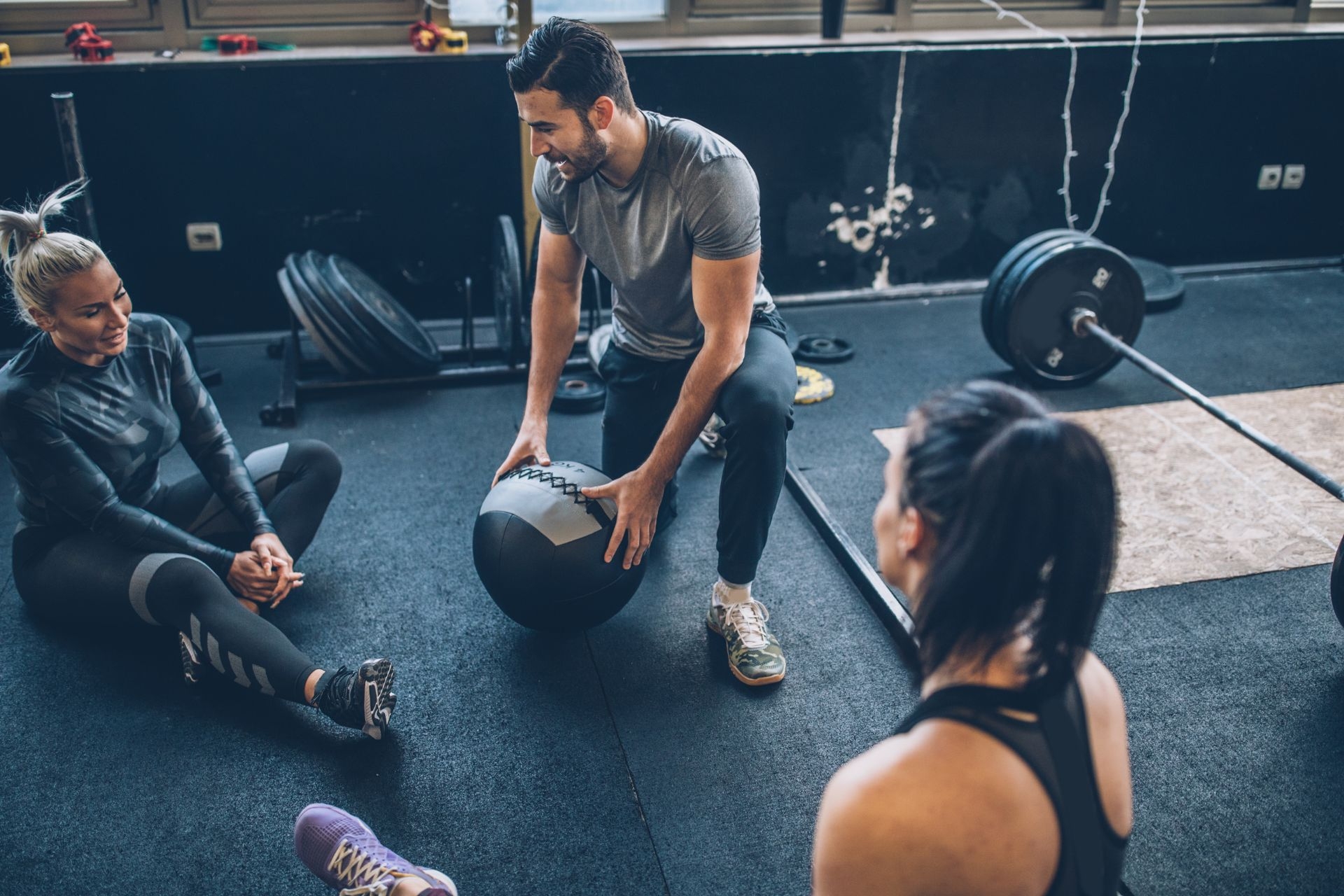Load Progression Patterns
What are the different types of load progression patterns commonly used in strength training?
In strength training, there are various types of load progression patterns that are commonly used to help individuals gradually increase the intensity of their workouts. Some of the most popular load progression patterns include linear progression, undulating progression, step progression, and wave progression. Each pattern has its own unique way of increasing the weight or resistance used in training sessions to ensure continued progress and adaptation.
Pyramid Training For Progressive Overload In Personal Training







